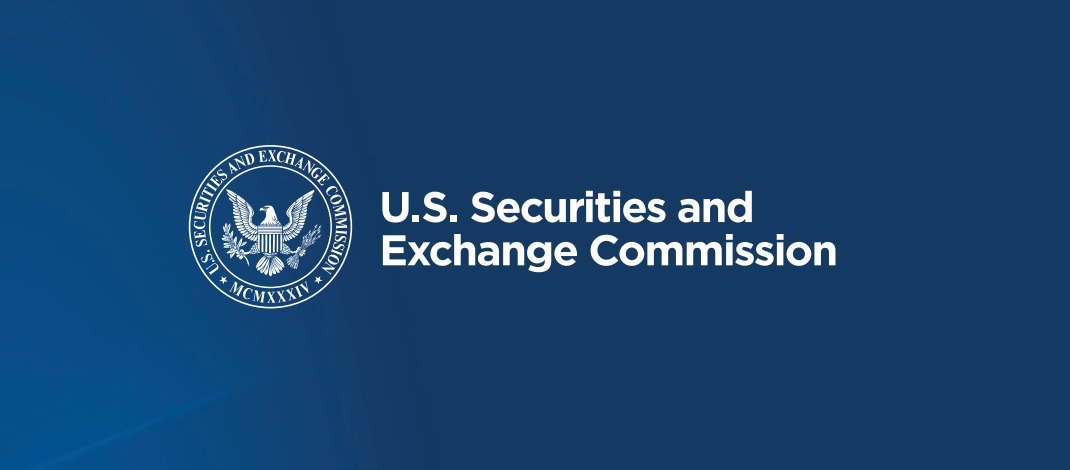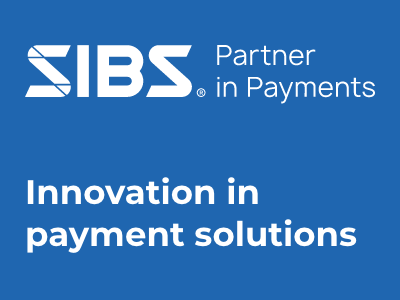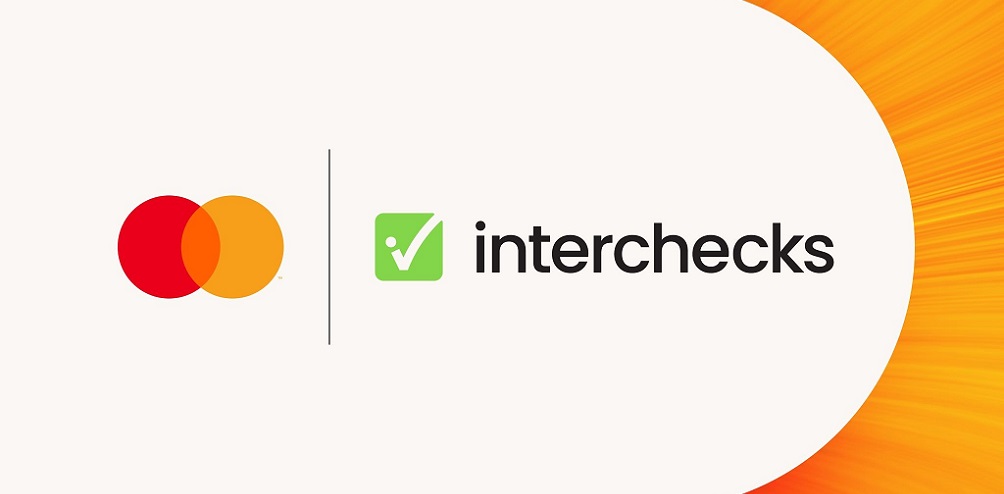SEC approves first interest-bearing stablecoin in the US and announces Cyber and Emerging Technologies Unit to protect retail investors

The Securities and Exchange Commission (SEC) has given a nod to the first interest-bearing stablecoin to be registered as a security in the United States, marking a notable development in the financial landscape. According to sources, the newly approved Figure Markets YLDS stablecoin, which is pegged to the U.S. dollar and offers a 3.85% yield, is expected to reshape the industry with its SEC oversight.
Figure Markets YLDS distinguishes itself by distributing daily interest to holders, a departure from major stablecoins like Tether (USDT) and USD Coin (USDC), which generate interest from reserves but do not pass it onto holders.
Figure Markets CEO Mike Cagney suggests this innovation could challenge the role of traditional banks, proposing that digital assets may offer equivalent benefits. Backed by assets akin to prime money market funds, YLDS has its yield linked to the Secured Overnight Financing Rate (SOFR) minus 0.50%.
Users eyeing to earn interest will need to complete a Know Your Customer (KYC) process, although transfers to non-KYC users remain permitted, albeit without interest benefits. Positioned as a compliant alternative to offshore stablecoins, YLDS operates on the Provenance Blockchain, allowing its holders to redeem for U.S. dollars or other stablecoins, with access to fiat off-ramps during U.S. banking hours.
The introduction of YLDS comes at a time of heightened regulatory scrutiny over stablecoins. In contrast to other regions such as the EU, Hong Kong, and Singapore, the U.S. is playing catch-up in establishing clear guidelines for stablecoin issuers. However, legislative efforts like the STABLE Act, introduced by Republican Representatives French Hill and Bryan Steil, are paving the way for regulatory clarity despite some areas needing further definition.
Also, the Securities and Exchange Commission announced the creation of the Cyber and Emerging Technologies Unit (CETU) to focus on combatting cyber-related misconduct and to protect retail investors from bad actors in the emerging technologies space. The CETU replaces the Crypto Assets and Cyber Unit and is comprised of approximately 30 fraud specialists and attorneys across multiple SEC offices.
Acting Chairman Mark T. Uyeda: “The unit will not only protect investors but will also facilitate capital formation and market efficiency by clearing the way for innovation to grow. It will root out those seeking to misuse innovation to harm investors and diminish confidence in new technologies.”
Specifically, the CETU will utilize the staff’s substantial fintech and cyber-related experience to combat misconduct as it relates to securities transactions in the following priority areas:
Fraud committed using emerging technologies, such as artificial intelligence and machine learning
Use of social media, the dark web, or false websites to perpetrate fraud
Hacking to obtain material nonpublic information
Takeovers of retail brokerage accounts
Fraud involving blockchain technology and crypto assets
Regulated entities’ compliance with cybersecurity rules and regulations.
Public issuer fraudulent disclosure relating to cybersecurity
Dariusz Mazurkiewicz – CEO at BLIK Polish Payment Standard
Banking 4.0 – „how was the experience for you”
„To be honest I think that Sinaia, your conference, is much better then Davos.”
Many more interesting quotes in the video below:











